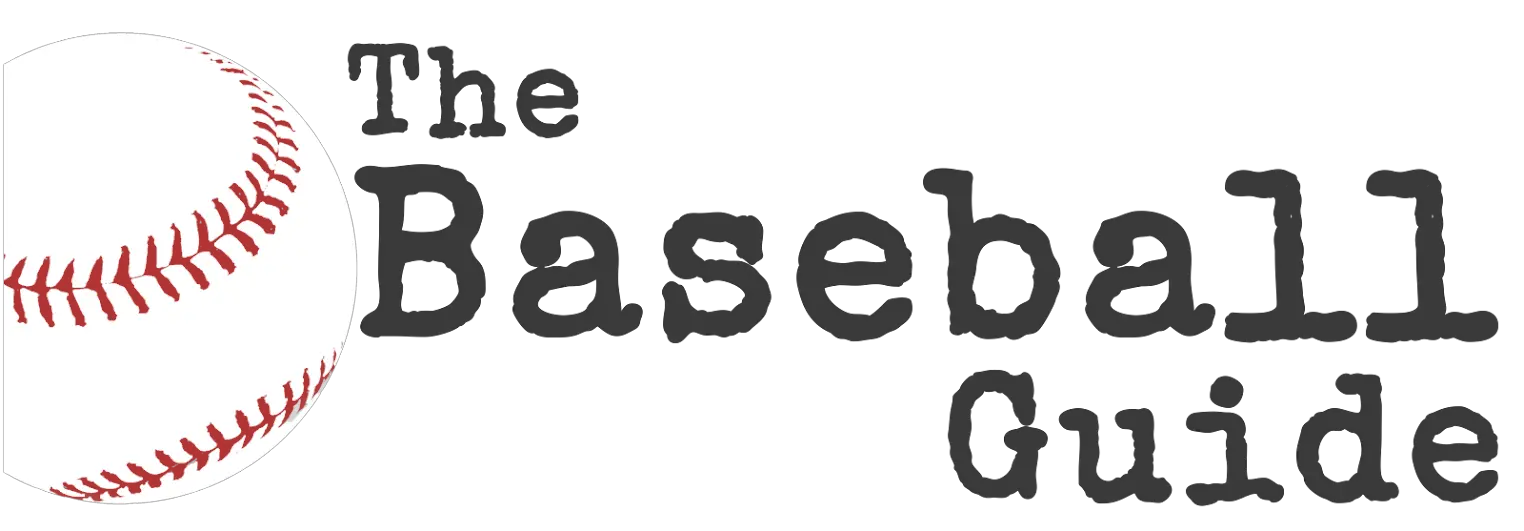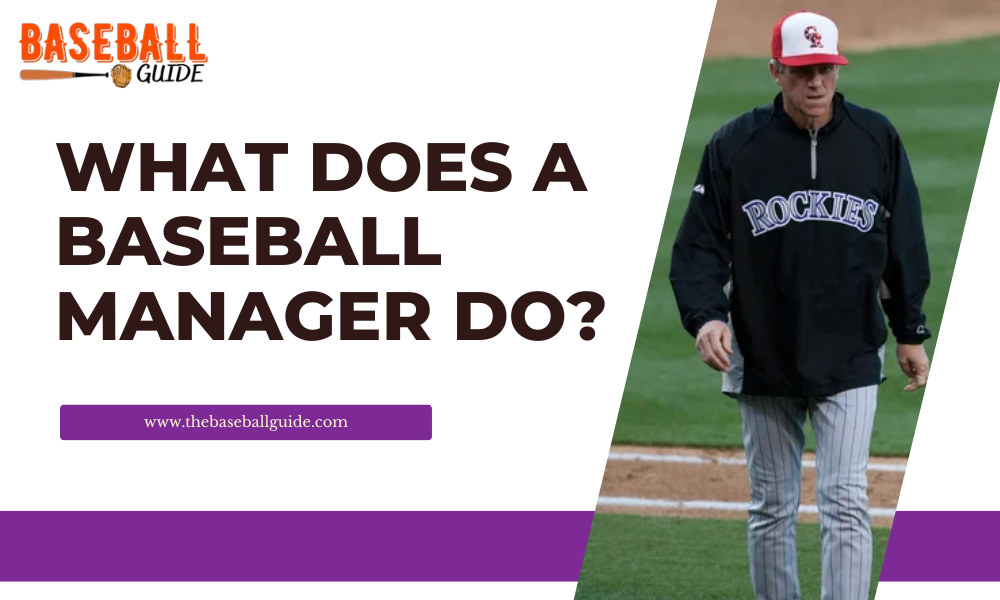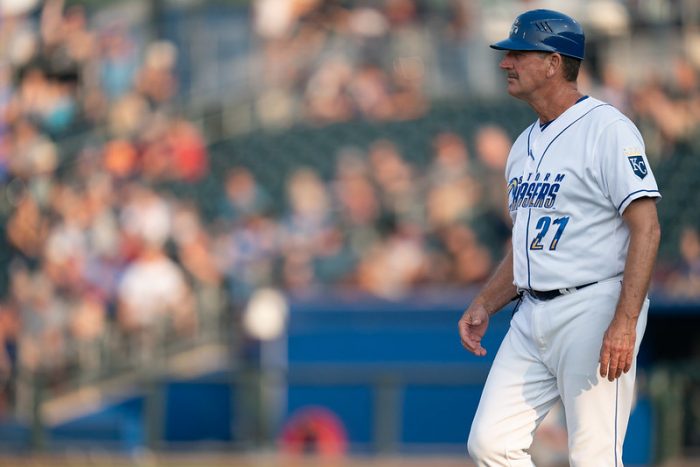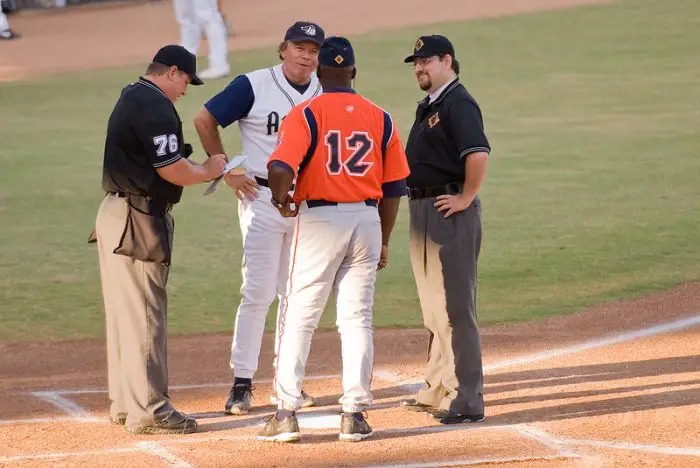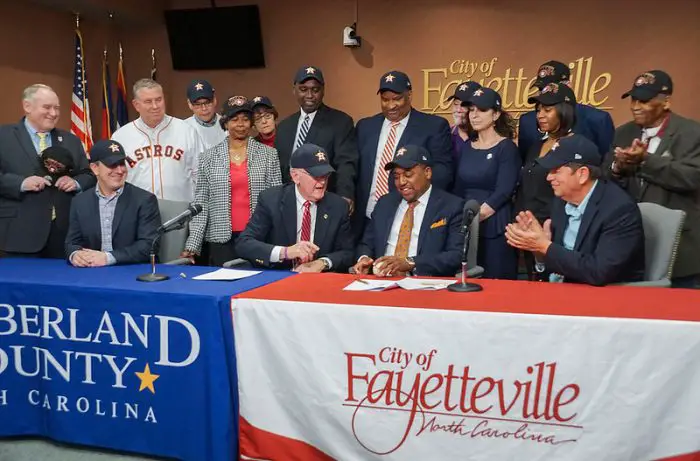Are you trying to figure out if the baseball team manager in your institution decides whether or not you’ll be in the team’s lineup?
Are you wondering if a baseball coach and a baseball manager are the same people?
Or do you know and like baseball well enough to manage a team and want to see what you’ll be doing as the manager?
Whatever the case may be, you’re interested in knowing more about the responsibilities of a baseball team manager.
In this article, I’ll go through the essential responsibilities that all baseball managers must do as part of managing a baseball team.
Responsibilities Of A Baseball Manager
A baseball team’s management takes place both on and off the field.
A general manager is in charge of all off-field decisions, while a field manager, sometimes known as a manager, is in charge of all on-field team management.
The tasks of a manager may differ from team to team; however, the following are the most typical ones that practically all managers deal with:
1. Clubhouse Rules
A clubhouse is a space at a baseball stadium where players may change and shower before and after games and keep different equipment.
The manager provides all of the clubhouse’s minor details, which may include:
- Uniforms of the players.
- Reporting time of the players.
The way a baseball manager establishes clubhouse regulations significantly impacts the team’s culture and discipline.
There are clubhouse restrictions that the organization may impose that the team is affiliated with.
2. Short Term And Long Term Vision
A major league baseball manager should be able to anticipate potential obstacles or difficulties that the squad may encounter in the coming days or later in the season.
Short Term
For short-term objectives, the manager may need to consider things like regularly increasing player confidence, immediate handling of injuries, having meetings to improve teamwork, and winning against opponents, among other things.
The number of short-term objectives that an MLB manager must handle is almost endless; they vary every season and are situational.
Long Term
At the same time, because a baseball season consists of 162 games, a baseball manager must be able to think about and plan for long-term goals.
Focusing solely on short-term goals and failing to plan for long-term goals may make things go well at first, but the team will eventually collapse.
Long-term objectives might include issues such as player care.
As a manager, you should know how much work each player is doing and if they are getting enough rest.
If a key player is overworked, the manager should be aware and take steps to rest him to return later when required more.
Long-term objectives might be circumstantial, but they are usually the same every season.
3. Forming Roster
The roster, or the players playing in the game, is created by a baseball manager. This refers to the orders for both the offensive (batters) and defensive (fielders).
Although being the ultimate decision-maker, a competent baseball manager never makes this choice alone and constantly seeks second opinions from the coaches or other team leaders to construct an unbreakable squad.
A manager must evaluate the health, productivity, and amount of hardship the team will confront while putting up a roster.
The formation of a roster is a crucial aspect of an MLB manager’s job, and it has an influence on the team’s victories and losses and the spirit of individual players.
4. In-Game Planning
There are several plans that the manager may have to use or make during a baseball game. In-game planning includes things like:
In-Game Substitution
In-game substitution is an in-game plan that the baseball manager does by putting a player into the match by replacing another player.
This is done in cases of injury or when the manager feels that the substitute player may be able to handle the current game scenario in a better way.
These substitutions include the following changes:
- Relievers: A reliever (relief pitcher) is a pitcher who enters a game that another pitcher has already begun.
- Defensive Substitutes: These replacements enter the game to fill in for a fielder.
- Pinch Hitters: A pinch hitter is a batter who fills in for another batter.
- Pinch Runner: These are the substitutions for the runners.
In-Game Tactical Moves
The in-game tactical moves are also decided by the manager. These moves include:
- Hit-and-run’s
- Sacrifice Bunting
- Stealing Bases
- Pitch Outs
The manager may assign in-game management to another member of the team’s coaching staff, but he is the ultimate authority on substitutions and tactics.
5. Checking On Practice
During practice periods, baseball managers roam the field and monitor individual player activities.
Although coaches are there to oversee player practice sessions, field managers are in charge of overall control.
A manager may handle everything, from arranging the practice to stepping up to lead particular drills to just sitting back and observing.
But, managers mostly hand over dealing with players to the positional coaches and step in when needed to make critical decisions or give instructions.
If a player’s performance isn’t up to par, a skilled manager may speak with them to praise and inspire them and assist them in concentrating.
6. Facing Media
A baseball manager must also defend his players in front of the media, both as a spokesperson for the squad and by fighting in their defense when they are the victims of harsh or incorrect umpire rulings.
A manager in Major League Baseball is the team’s public face, and he has to deal with the media before and after every game.
A manager must be able to positively represent the team, which requires excellent communication skills, expertise, and confidence.
Baseball Coach Vs. Manager
A baseball manager and a baseball coach are two different things, and these are commonly mistaken for one another, yet each has distinct roles to play.
Coaches may be thought of as the manager’s assistants, assisting in the team’s seamless performance.
Many coaches report to the baseball manager and are often considerably closer to the players.
Coaches are far more actively engaged with the players than managers, who normally monitor them.
Defensive coaches (pitching and bullpen coaches) and offensive coaches (hitting and base coaches) are available for various spots on the squad.
Bench coaches, who are second in command and sit next to the manager, provide advice and discuss in-game strategy.
What Is A Player-Manager?
If a single person takes up the role of a coach and a manager, he is called the player-manager, where while still contracted to play for the club, the individual also oversees the squad.
These have become very rare, and the last player-manager was Pete Rose from 1984-1986, a player and manager of the National League Team Cincinnati Reds, managed by David Bell in 2022.
Conclusion
A baseball manager’s responsibilities are the club’s backbone and include everything.
It’s impossible to say if a good baseball manager can help a team win or lose, but he almost always does.
If you want to be a manager, you must possess the necessary personality traits, skills, and drive.
To summarize, a baseball manager’s responsibilities include:
- A good attitude.
- Defining good regulations.
- Monitoring.
- Creating a disciplined culture.
- Players care.
- Communication.
- Advocating for the club.
Lastly, wanna know Why Baseball Coaches and Managers Wear Uniforms?
